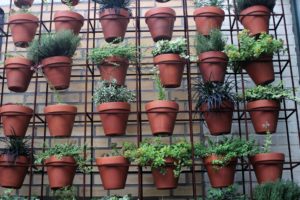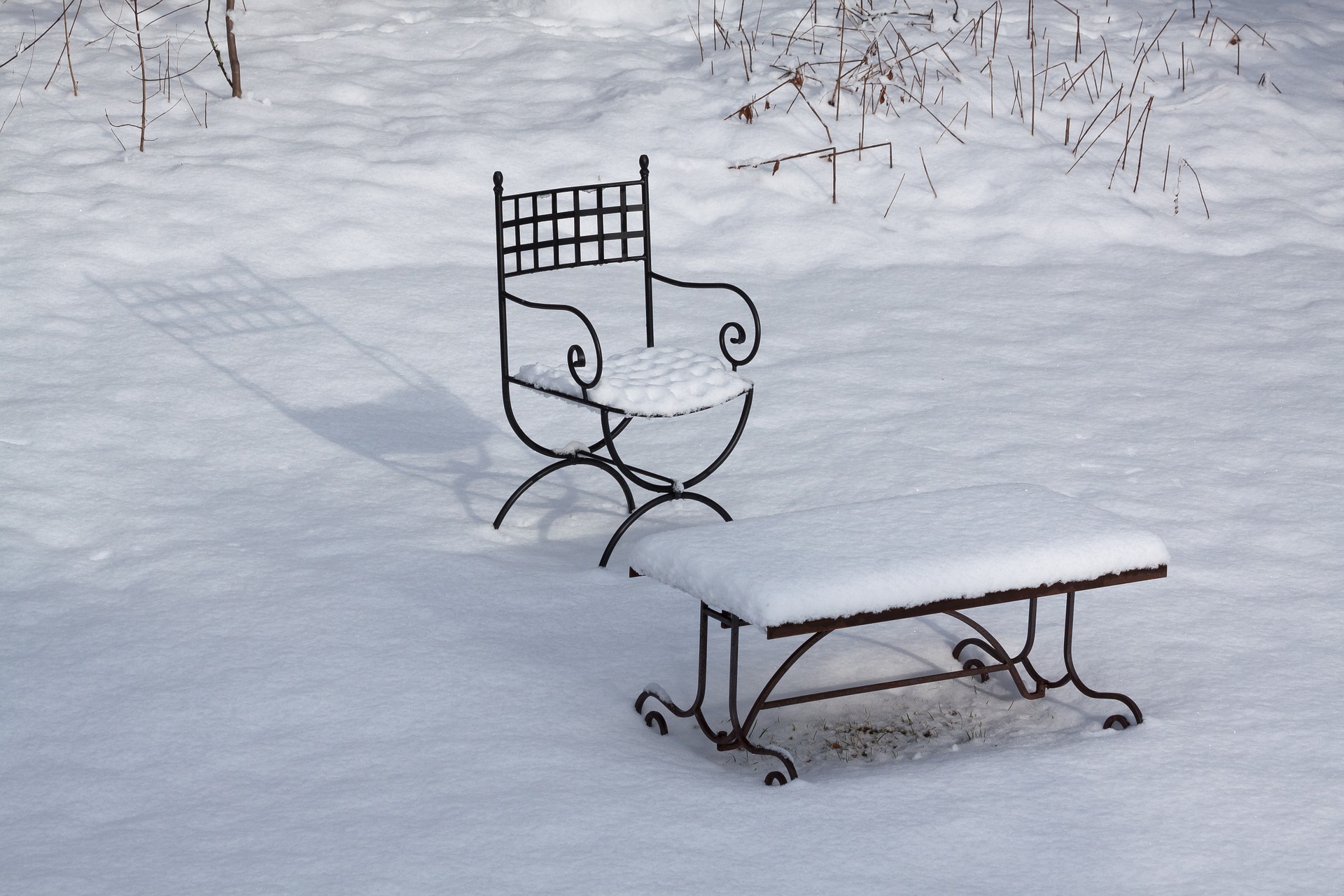“January is usually a quiet month in the garden and is a good time to prepare for spring”
January Weather Facts:
Temperatures for Memphis – Horticultural Zone 7B
- Normal January Average High 48º
- Normal January Average Low 30º
Normal January Precipitation 3.69”
Hours of Daylight for Memphis TN
- January 1 7:40 am sunrise – 5:27 pm sunset
- January 31 7:31 am sunrise – 5:56 pm sunset
Seed catalogues & ordering
Catalogues have arrived and it is time to do some serious review and ordering:
- Mid-February is the time some seeds need to be started and you will want your seed order to have been received.
- Get your order filled before stock runs out on popular and/or new selections
- Ten weeks lead time prior to the last frost (March 4th) is required for starting seeds for some flowers which is the first for January (like right now!).
- Do not waiting for a catalog to arrive – go directly to a website source. Several popular retail seed house web-sites would include:
- Baker Creek Seeds [Mansfield, MO] www.rareseeds.com – over 1200 heirloom vegetables, flowers, herbs
- Seed Savers Exchange [ . ] www.seedsavers.com – Heirloom vegetable, herb & flower seeds, untreated, non-hybrid, Non-GMO
- Thompson & Morgan {Jackson, NJ} www.tmseeds.com – flowers
- Park Seed Co. [ Greenwood, NC] www.parkseed.com – flowers
- Johnny Seed [ Winslow, ME] www.Johnnyseeds.com – vegetables
- Burpee & Co, [Westminster, PA]. www.burpee.com – flowers & vegetables
Ornamentals
- Perennials, trees and shrubs – may be moved any time the soil is friable
- Spray broad-leaf evergreens, especially camellia, holly, photinia and euonymus if infested with scale. Use a dormant oil spray if temperature is above 40º
- Cut back ornamental grasses, as well as liriope and mondo grass.
- Avoid pruning spring blooming shrubs as this will remove the spring flowers.
- If you did not get all of the spring bulbs planted before the ground freezes, try to get them into the ground as soon as possible. If they are healthy bulbs and have been stored in a cool place, they will probably still bloom if you get them planted by February.
- The live Christmas tree should be planted as soon as possible. Do not leave the root ball exposed to freezing temperatures after removing the tree from the house.
- Fertilize shade trees if they have not been growing well.
- Selective pruning may be done on shade trees and broadleaf evergreens. Make clean cuts at a branch collar.
Fruits
- Plant fruit trees, grape vines and brambles.
- Prune grape vines and high bush blueberries.
- Do not prune fruit trees until March, especially peaches.
Vegetables
- Check your supply of seeds before planning your seed orders. Seeds more than a couple of years old should probably be replaced.
- If the soil dries out enough to work, go ahead and prepare a spot for the late February planting of peas and kale.
- Start your garden plan on paper as you browse the garden catalogs. This will help prevent ordering more than you have room to plant.
Lawns
- This is a good time to get the mower into the shop for a tune up and sharpening.
- Nitrogen (lime) fertilizer can still be applied if you have not put out the fall application yet. Be conservative and be sure to follow the rate application in minimize run off pollution.
- Spot spray winter weeds

House Plants
- Yellowing or dropping leaves on house plants can be caused by too much water, too little water, too little sun or cold temperatures. Plants will probably recover if the problem is corrected.
- Wash and dust off leaves
- Water only when soil surface is dry; mist often. Do not mist geraniums and gesneriads.
- Inspect for insects and disease.
Other
- Clean out bird houses and put up new ones. Bluebirds and some other songbirds start scouting for spring nest boxes in February.
- Spray dormant oil on broadleaf evergreens and roses
- Use wood ashes in garden areas sparingly. Ashes are alkaline and will raise the soil pH of the soil, so treat them like lime and do not apply around acid-loving plants.
- Obtain soil tests
Testing Seed Germination
As you browse through the seed catalogs and try to decide what seeds you want to order, hopefully you will inventory what seeds you already have on hand. If vegetable or flower seeds are a few years old you might wonder if they are still any good.
If you have seeds to spare, you can do a germination test. Count out a least 10 seeds—more if you have plenty of that variety. Lightly dampen a paper towel and lay the seeds on it. Roll up the towel and place it in a plastic bag. Put it in a warm location. Check your towel every day for moisture and for germination. It may take 3 days to 3 weeks, depending on the type of seed and how strong they are. When you think all have germinated that are going to, count them so you can calculate the percentage of seeds that germinated. If more than half sprouted you may choose to plant them at a denser rate to compensate for the germination rate. If less than half of the seeds germinated you may choose to replace them with fresh seeds
